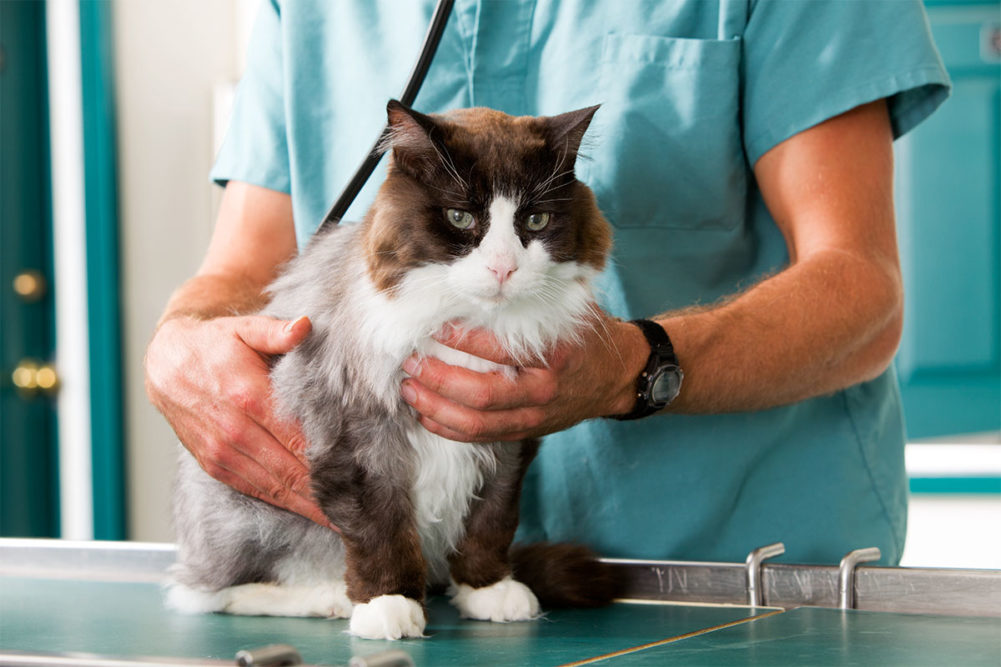TORONTO, ONTARIO — The Canadian Animal Health Institute (CAHI) released the results of its 2022 Pet Population Survey on Sept. 22, detailing rising pet ownership throughout the country. Four thousand pet owning households participated in the nationwide survey, which was conducted by Kynetec.
According to the data, more than half of Canadian households (60%) own at least one dog or cat. The data also detailed the increasing pet population. For 2022, the dog population increased to 7.9 million from 7.7 million in 2020, and the cat population increased to 8.5 million from 8.1 million in 2020.
“We know that dogs, cats, and other animals can provide many benefits for mental health including companionship and coping with stressful situations,” said Emily Bond, Ph.D., programs director for CAHI. “It comes as no surprise that the trends show an increase in both the Canadian dog and cat populations, with the largest increases happening from 2020 to 2022. It will be interesting to see if this trend continues, now that life is returning to the new normal.”
The data also revealed that the gap between the medicalization of dogs and cats is slowly decreasing. According to CAHI, the rate of dogs that visited a veterinarian remained stable at 86%, but the rate for cats increased from 58% in 2020 to 61% in 2022.
“The growth rate of the Canadian dog and cat populations and the rate of Canadian pets visiting the veterinarian continues to surpass pre-COVID crisis levels,” said Colin Siren, senior vice president of Kynetec Canada.
According to CAHI, the data demonstrates the role COVID-19 played in increasing owner interest in pet health and wellness. Though awareness of pet health is increasing, Canada is struggling with labor shortages within the animal health market. According to CAHI, the country currently has a shortage of veterinarians and animal health technicians, which has hindered some pets from receiving healthcare.
“Nearly one in five pet owners wanted or needed preventative care in the past 12 months but were not able to access it due to affordability or the inability to get an appointment, among other reasons,” Siren explained. “Despite these challenges, veterinary services remain highly valued.”
As the medicalization rate gap continues to close with more cat parents visiting the vet and becoming more aware of their cat’s health, Canadian consumers may gain an increased interest in pet health products, specifically those featuring veterinarian claims and attributes.
Stay up to date on the latest pet food processing industry headlines on our News page.



